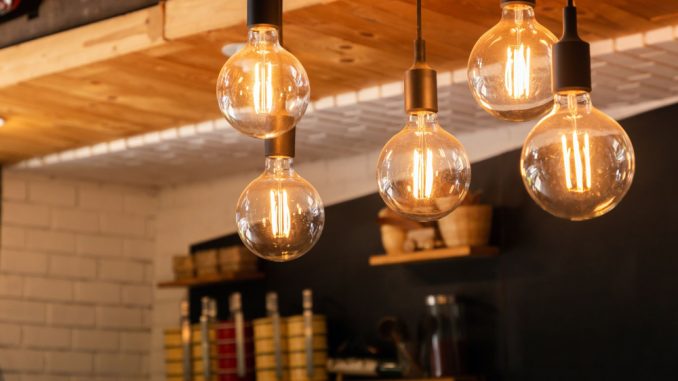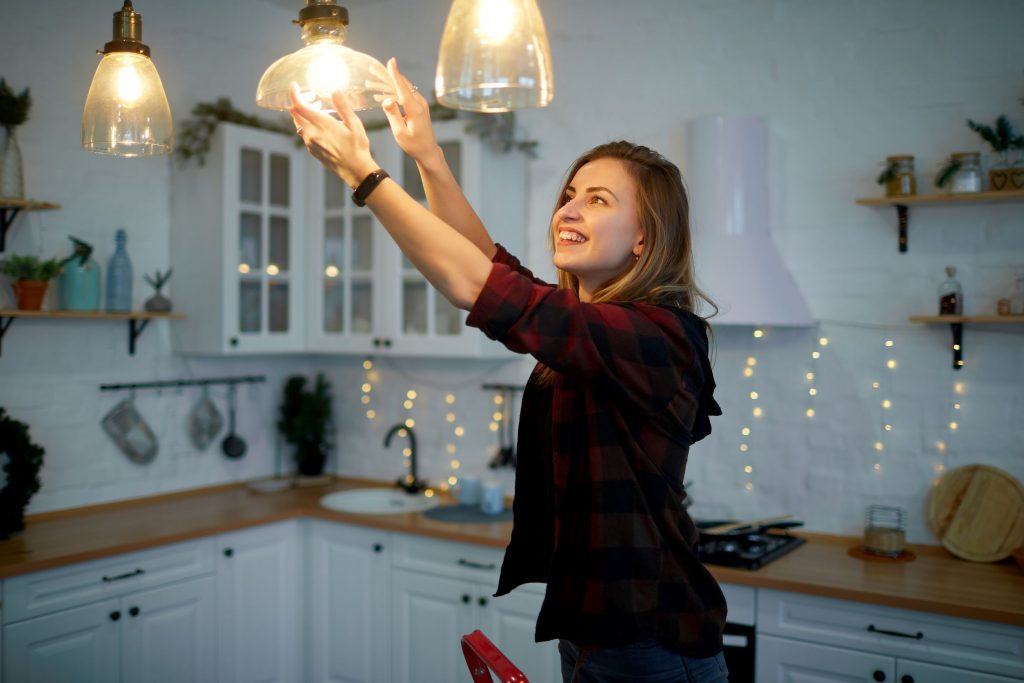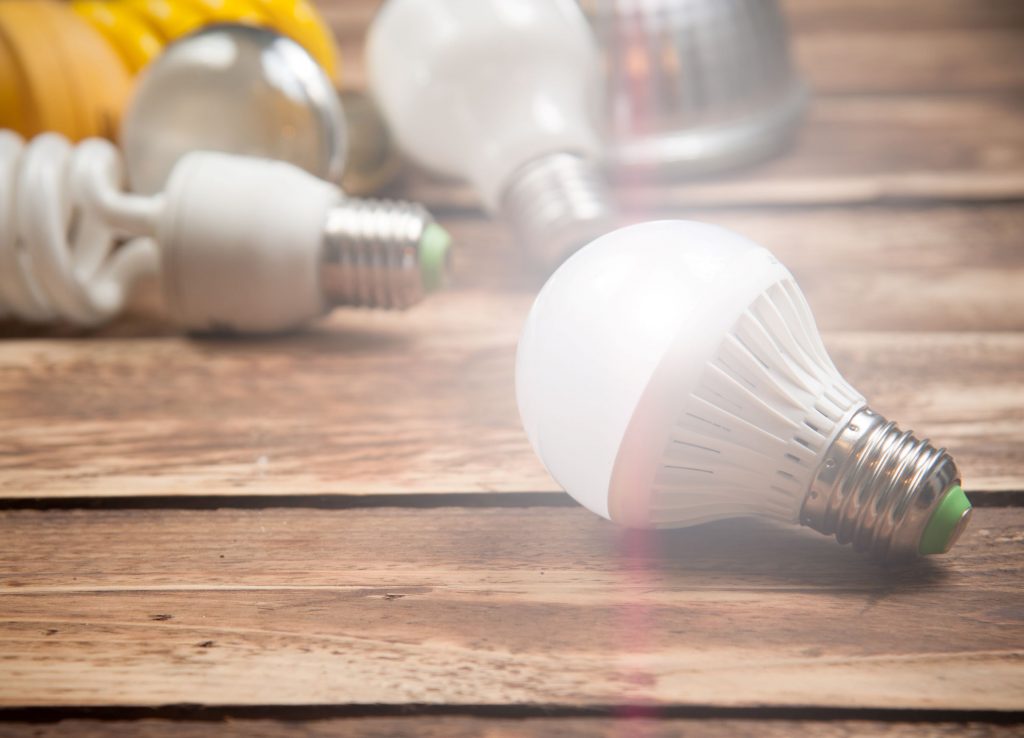
When it comes to your home, nothing beats quality over quantity. You don’t need a bunch of lights to have light; you just need the right amount of lighting. But, that doesn’t mean you can just pick any old set as long as they’re affordable and work well enough.
The right lighting can transform a room from drab to fab, from being uncomfortable to comfortable, from dark to bright, and even from scary to fun!
There are plenty of ways to save money on lighting that not only works but also looks great! So, before you buy that expensive new fixture, do yourself a favour and read on to learn how you can save money on lighting with these 11 easy ideas.
1. Save energy by replacing your light bulbs
When it comes to saving energy and money, nothing beats replacing your light bulbs with energy-efficient bulbs. For example, lighting a single standard light bulb with an energy-efficient bulb will produce less than the same amount of light as a single incandescent light bulb.
If you want to save even more money, you can even replace your light bulbs with CFL (compact fluorescent) bulbs. Like Incandescent light bulbs, CFLs are also excellent for creating light. CFLs are often recommended as a cheaper alternative to more energy-efficient bulbs due to their shorter life span.
2. Turn off the lights that aren’t needed
If you are having a party or hosting a big event in your home, don’t keep all of your lights on all of the time. Try to keep a few lights off and instead, dim the lights that are on when you are not using them. This can save a lot of energy and help prevent eye strain and headaches.
If you need to turn on a light to perform basic tasks such as eating, drinking, brushing teeth, or washing up, you are increasing the amount of light that is being emitted by that light. If you are willing to sacrifice some light for a few convenience items, you can still save energy by turning off the lights when you are not using them.
The easiest way is to purchase a home management system, like a smartphone app, that can help you track usage. Then you can simply turn off the lights when you’re not using them.
3. Use timer devices to control your lights
Most light fixtures have a switch to turn the light on and off. What you do instead is to use a timer device to turn the light on for a set amount of time and then turn it off. This can help to save a lot of energy by turning off the lights when you are not using them, but instead, using them as a clock to turn off other lights that are on in the house.
4. Use LED bulbs
Another way that you can make your lighting more efficient is by switching to LED bulbs. These are much more energy-efficient than traditional light bulbs, and they don’t consume as much energy.
A typical LED bulb will put out about half the light of a traditional light bulb. So, if you were using them in a typical light bulb, you would be using half as much energy with these bulbs as you would with a traditional bulb. And these bulbs are so energy-efficient that they don’t cost that much more either.
If you want to save even more energy, you can also replace your standard light fixtures with LED light fixtures. These fixtures are also incredibly durable and can handle lots of usage without any problems.
5. Plan your lighting directory carefully
When you’re planning your lighting directory, you want to make sure you’re only buying from brands you know and trust. Be sure to research the brands and models thoroughly and only buy from brands that you can guarantee will fit within your budget.
When in doubt, stick to entry-level lights to save money and get you started. If you’re unsure about whether or not a brand will fit within your budget, do your research and look up the pricing information for similar brands that might fit better.
When it comes to your lighting budget, never be afraid to ask your family and friends for their opinions. Ask them if they think the lights are worth the money and if they think they’d be satisfied with the lights they have. Once you know what lights fit within your budget, you can start looking through the options and narrowing down your search.
6. Get creative with light schemes
Lighting schemes are the brainstorms behind modern lighting design. There are endless options when it comes to creating different light schemes. From Ambient LED, there are lots of options for growing your light. When you’re thinking about growing your lights, make sure you research different types of lights and their uses.
While most people would use a variety of lights for different rooms and functions, you can create a few different light schemes to best suit your needs. From a simple living room to creating a colourful indoor Mediterranean theme room, there are lots of different ways to use your lights.
7. Turn off the lights before you go to bed
One way to save on lighting costs is to turn off the lights before you go to bed. By cutting out the electricity a few hours before sunset, you end up with less electricity use during the day. This also results in less heat being produced by your lights, which means your room stays cooler at night and your bed is made to be cold. You can also do this to save energy by opting out of some of the unnecessary lights that come on while you’re not around. By turning off the lights before you go to bed, you also get to save on ghost lights, which are lights that come on when people aren’t around.
Another way to save on light costs is by using a dimmer switch. By adjusting the light level you want, you can save a small fortune by not purchasing additional lights.
8. Ditch the fluorescent light
Fluorescent lights are not a good choice for your lighting scheme. Not only do they produce harsh, glaring light, but they also produce a high amount of heat, which can upstage the quality of your other lights.
Incandescent lights have less heat production but are much more expensive. If you choose to go with an LED light, it won’t produce any heat and will be much more cost-efficient.
Another thing to consider when buying new lights is the lifespan of the lights. While some lights last up to 50,000 hours, others only last about 25,000 hours. Make sure the lights you choose have a good lifespan and will last you a long time.
9. Go with a shaded reading light instead
If you want to save on energy, try out a shaded reading light instead of the standard light that comes with most lamps. These lights can save you on your monthly electricity bill. You can purchase these at a cheaper price online, or you can try out some DIYs for a cheaper version.
A shaded reading light helps improve your sleep by putting your eyes in an environment where there’s less light coming in from two lights on the wall instead of one. Another thing to keep in mind is that you don’t have to use the shaded reading light when you go to sleep. You can also use it as a regular light source, as well as a source of illumination when you’re doing work on the computer, for example.
10. Go with a more subdued colour scheme
Another way to save money on lighting is to go with a less colourful scheme. You can mix and match the lights in your setup to create a more monochromatic look, or you can simply use one colour for the entire setup.
You can also try creating a more sophisticated atmosphere in your living room with rich colours and different fabrics to save on lighting costs. If you want to use a more decorative light, you can try using a chandelier as opposed to a light-bulb fixture, which can add a lot of style to an otherwise plain room.
11. Add recessed lighting where necessary
If you don’t want to go with a very colourful lighting setup, but still want to save on lighting costs, consider using recessed lighting. These are lights that are mounted on a wall or a ceiling and are designed to be concealed from view.
You can use them as a source of light, or you can mount them above a TV or a computer monitor to provide light and a backlit view of what you’re working on.


